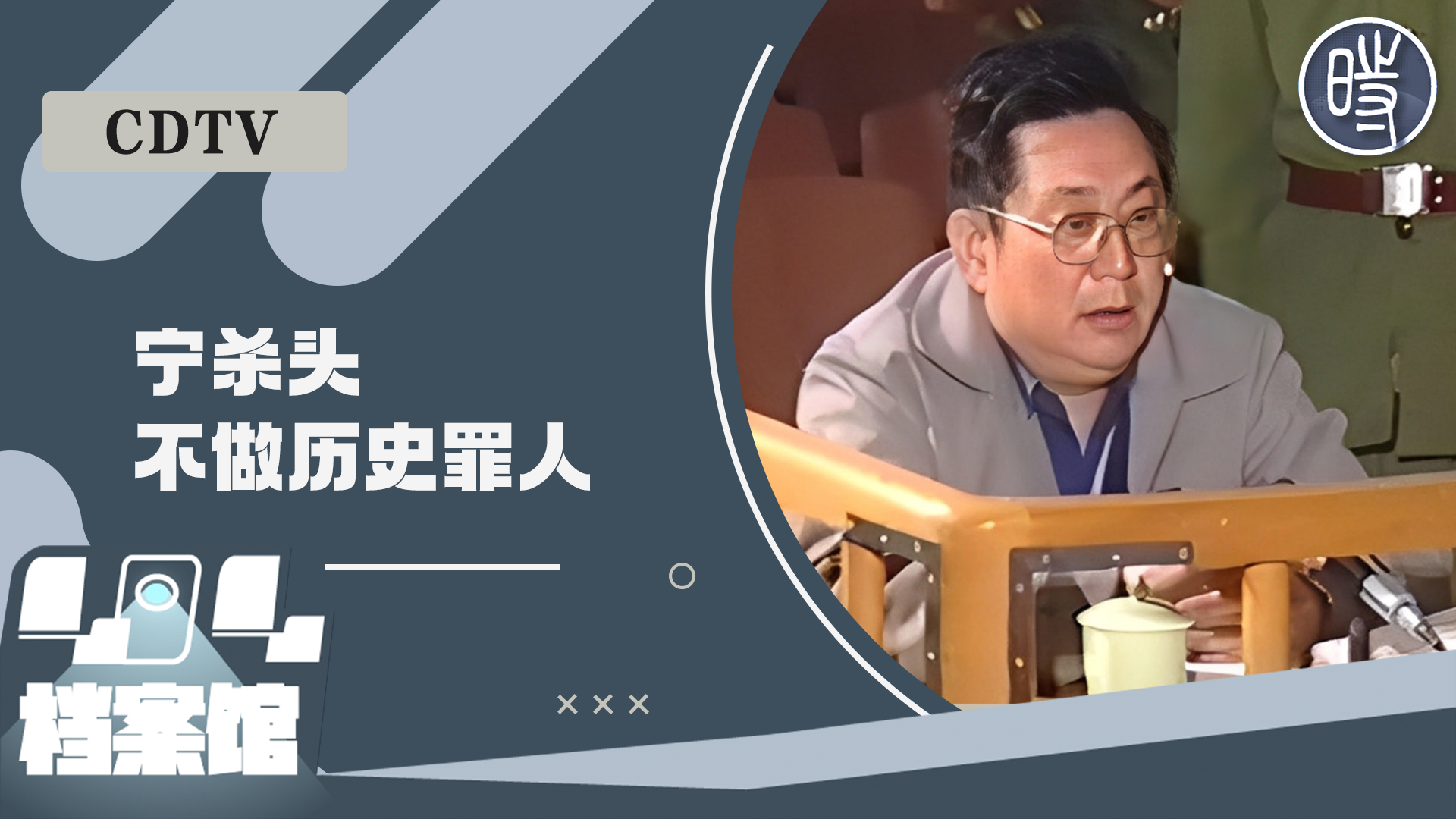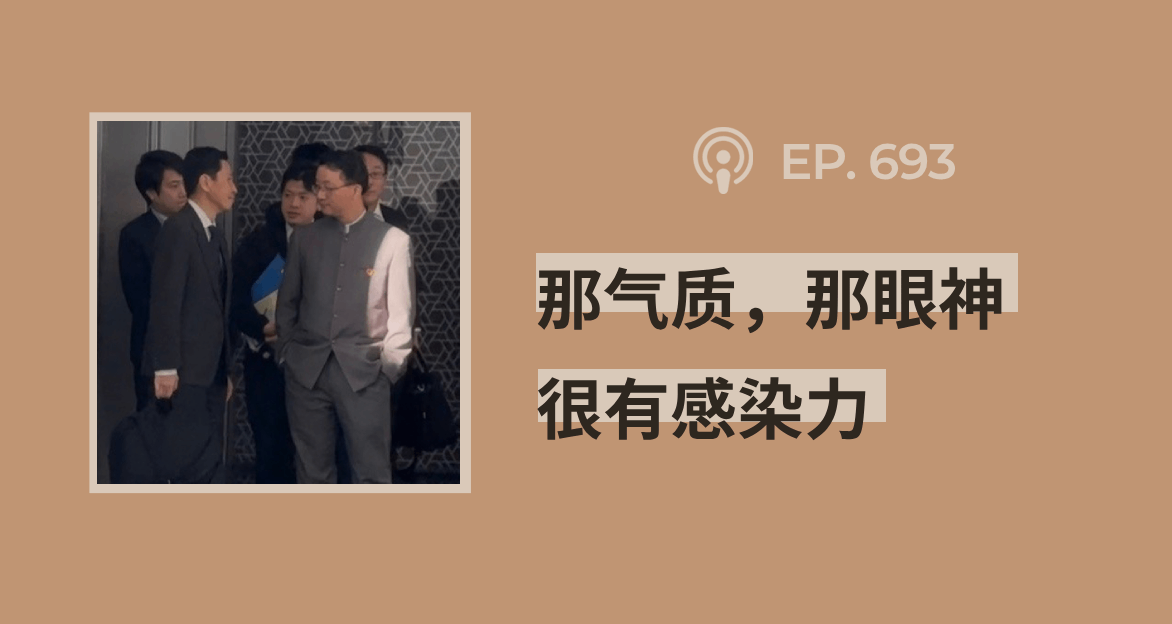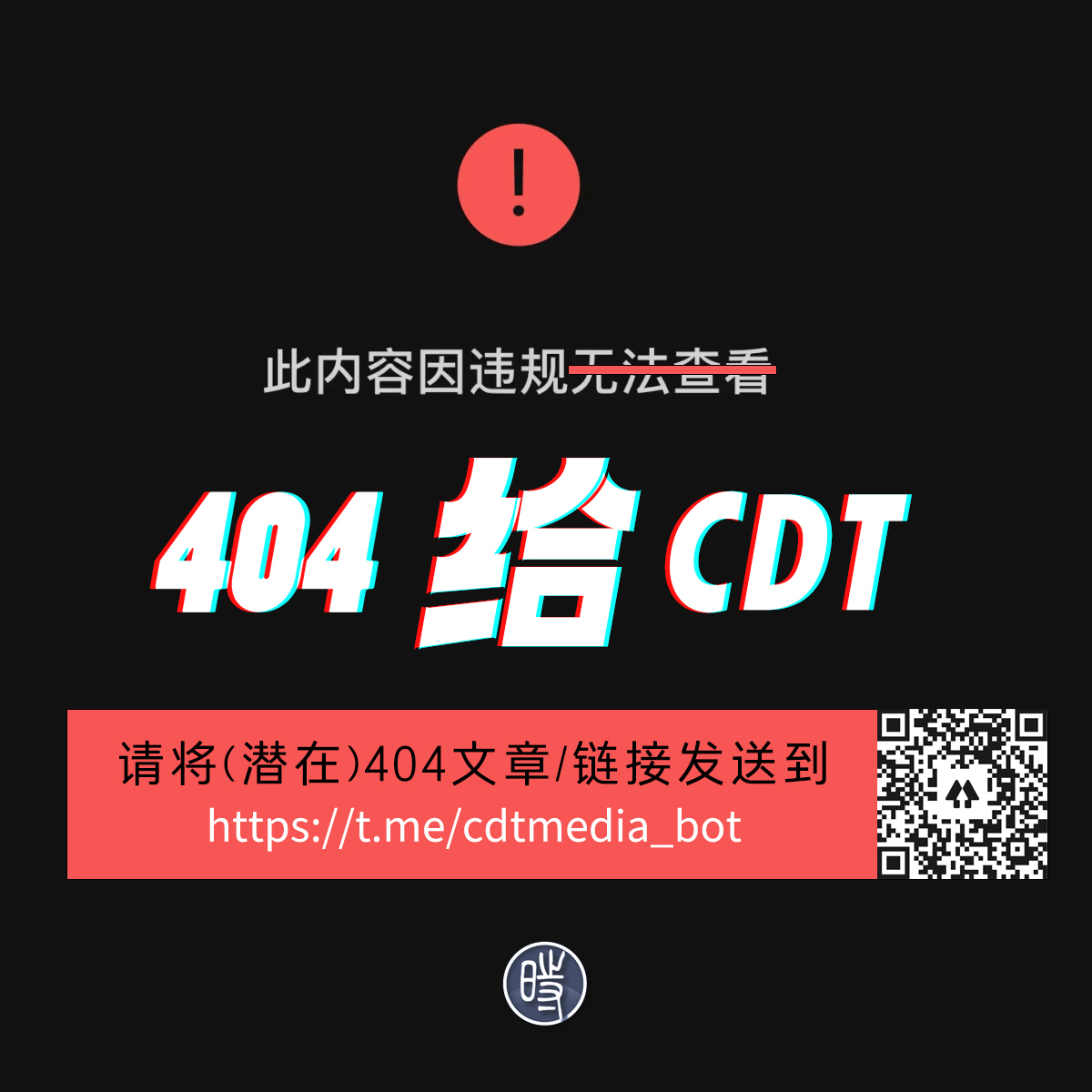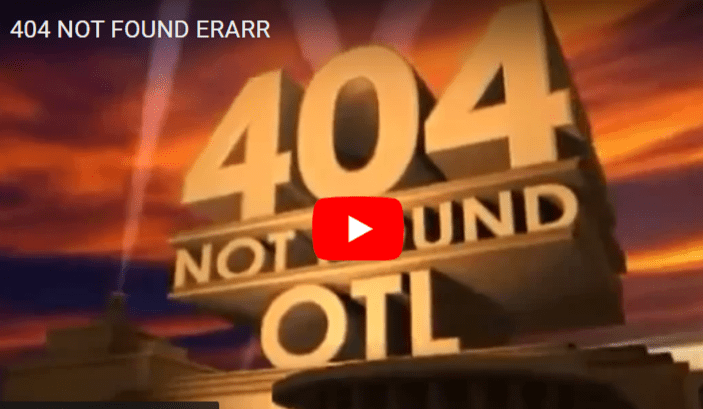Two months ago when I visited Taiwan addressing to Annual Conference of the Chinese Communication Society. We had some meetups and deeply enjoyed the food there and of course we got many new ideas on the media industry by talking to different kinds of people.
One night during the hot pot dinner in Taipei, we watched the TV programs before world cup game started. The screen showed that there’s an exclusive news coming which then presented us an youtube video about some how some family pets well trained to follow their masters. The video was funny, but how to match the tag line of “exclusive”? Our Taiwanese friends explained to us that there are many such things happening in Taiwan that media label themselves “exclusive news” while everyone knows it’s not but accepts it. We guests all fell into laughing after learning this. And I believe there were more people like us laughting to the “exclusive” claim.
This triggered me more reflections on the relationship between traditonal media business and new media realm. Who dares to use “exclusive news” today must have some quite unique courage or lame to the outside world. The real world of “exclusive news”, clearly, is dropping dramtically from Google’s telling:
if we search in Google news on “exclusive news”, we found a relative normal level before 2008. Then it drops dramtically after 2008 as we know the social media soaring everywhere.
What changed from the superficial? The audience I would argue. In the traditional media world(lets say “old media”), the any media format can take the role of “exclusive media” because they have their own coverage before their audience know the news. People expects exclusive news from their subscriptions to prove they chose the right media. It indicates the privileges and ranks in the society. So we see from Google news search that how those “exclusive news” label kept quite a level for long time through decades whatever the media format is. Inside a media agency, there must be some incentives to exclusive news, as I know, to get the whole picture exploded the past 10 years. I’m so suspicious on the real effectiveness the label generated, but indicated the fierceness on internal and external competitions.
However, we see big boom of grassroots publish since 2000, then social media after 2006, which brewed a global news paradigm on new media world. In the new media realm, the audience then becomes the news publishers, or becomes the audience of the audience. The firsthand messages won’t go only to media agencies, instead, many of them spreaded before media reporters mentioned. Some very old-fashioned audiences, may still consume the news from those old media stories, however, the scale can’t beat 10 years any more. So we see from Figure 2, the new audience won’t believe “exclusives news” from media agencies any more.
















